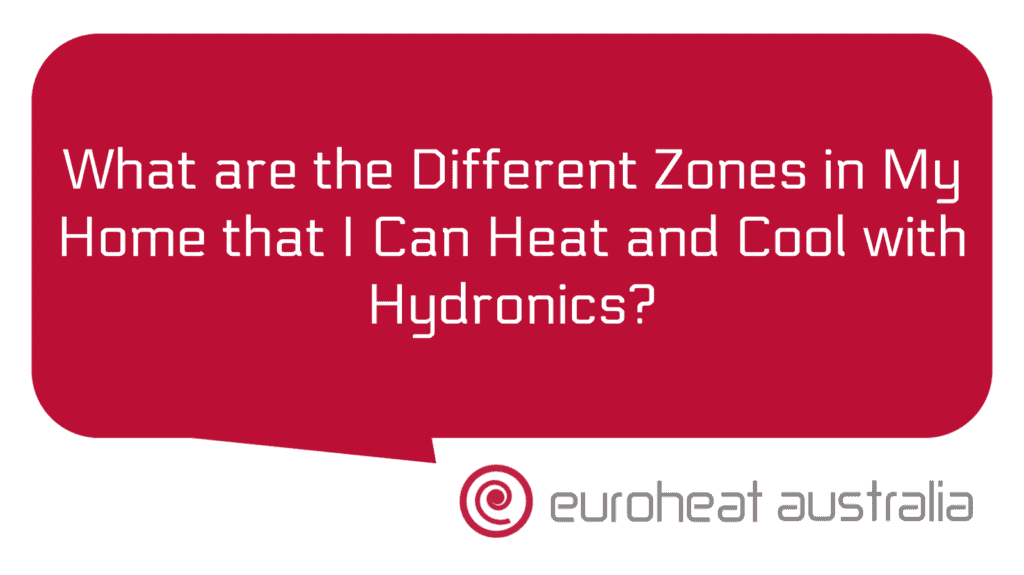Do you have an automated ventilation system in your home? Do you want to know how you can clean and replace the filters? If so, then this article is for you!
Cleaning and replacing the filters in your automated ventilation system is an important part of its maintenance. It helps to keep your home free of dust, allergens and other pollutants, while also ensuring that the air you breathe is as clean as possible.
The process of cleaning and replacing the filters in an automated ventilation system isn’t too complicated. First, you’ll need to locate the filter housing. This is usually located near the air intake or exhaust vents. Once you’ve located it, remove the cover plate by unscrewing any screws that are holding it in place.
Next, take out the filter from its housing. Depending on your system, you may need to use a screwdriver or pliers to do this. Once the filter has been removed, check it for any signs of wear and tear or damage. If there are any problems with it, then it’s best to replace it with a new one.
When replacing a filter in an automated ventilation system, make sure that it’s compatible with your particular model. Also make sure that it’s fitted properly; otherwise it won’t be able to do its job properly.
Now that your filter has been replaced, it’s time to clean out the housing itself. To do this, use a vacuum cleaner or compressed air canister to remove any dirt or debris that may have built up inside over time. Make sure that all of these particles are completely removed before reassembling the housing and fitting back into place securely.
It’s also important that you pay attention to regular maintenance when it comes to your automated ventilation system – this includes changing and cleaning the filters on a regular basis (every three months is recommended). Doing so will help keep your air clean and free from pollutants while also helping extend the life of your system overall!
Another important thing to consider when maintaining your system is installing a heat and chill recovery unit – which can help reduce energy costs by recovering heat from outgoing air and using it for incoming fresh air or even cooling down rooms during summertime! With Euroheat Australia’s expertise – who offer 30 years’ experience in designing & constructing hydronic heating & cooling systems – they will ensure that you get maximum energy efficiency from such a unit which could save up to 40% on energy bills compared without them installed! This will not only result in cost savings but also reduced carbon emissions due to using less energy from fossil fuels which would mean more money saved on bills over time! And if these savings weren’t enough incentive then think about how much more comfortable your home will be all year round – no matter what season!





